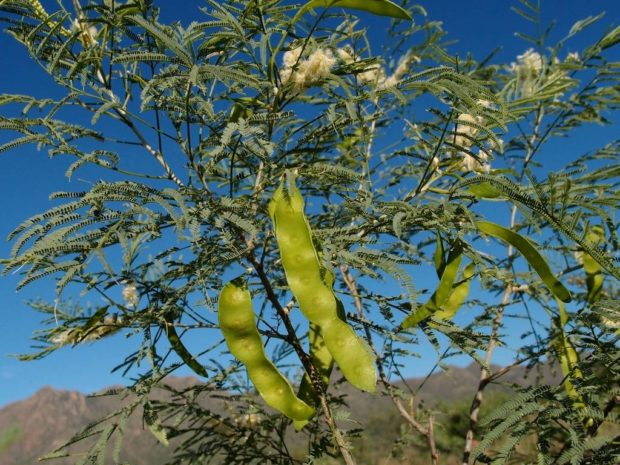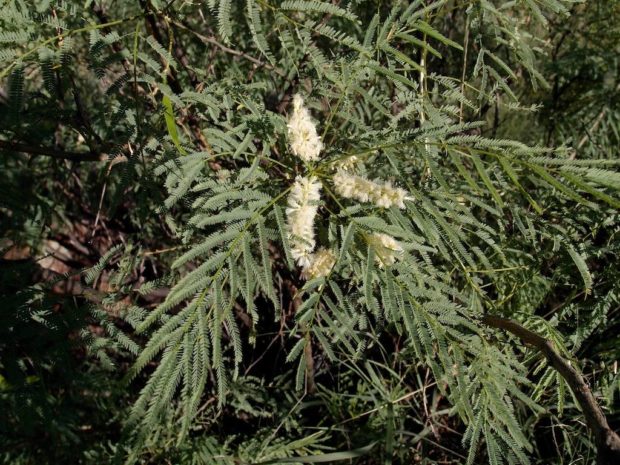Many years ago when I was running a nursery in Tucson, Arizona I was invited by a landscape architecture firm to supply the all plants for a landscape that was to be installed on the north side of the Tucson City Hall. The plan was to tear out the parking area and put in plants. The exciting part about this landscape design was that it was to be all native plants and I got to choose them. “Yay,” I shouted, “Count me in!”
We had a blast putting that landscape plan together and it did get installed. One of the plant species I supplied was Mariosousa millefolia and I know they thrived for a long time, but urban landscapes change over the years and landscape maintenance crews have different ideas of what’s to be done in a landscape. The original plan fades and only relics of a marvelous dream remain.
If you live in Tucson maybe you could wander down to that landscape on the north side of the Tucson City Hall and see if the Mariosousa millefolia are there. Drop me a note at KXCI Community Radio if you find them. That sure would make my day.
Mariosousa millefolia (Acacia) millefolia or Santa Rita Acacia is found in the borderlands of Arizona and Sonora between 3,000 and 5,000 ft. Two different countries share this species and that’s the way it should be with all the flora and fauna of the borderlands.

The wonderful photos are Sue Carnahan’s and taken from SEINet, a great site for native plants enthusiasts like you and me. http://swbiodiversity.org/seinet/


One of the most magical moments of my childhood was when I first dug up potatoes in a garden and we later had some...

If I had wobbled up any higher on that rocky slope I may or may have not fallen by a ragged rock flower. It...

I’ve known barn owls since I was a kid in Kentucky and I always saw them in barns roosting or nesting up high in...